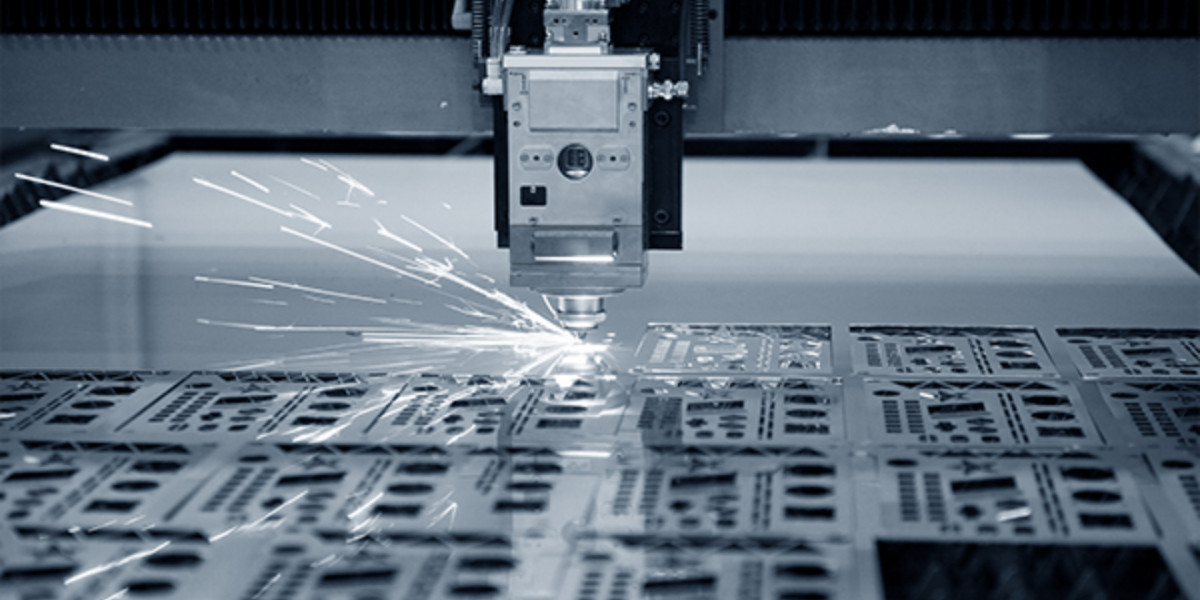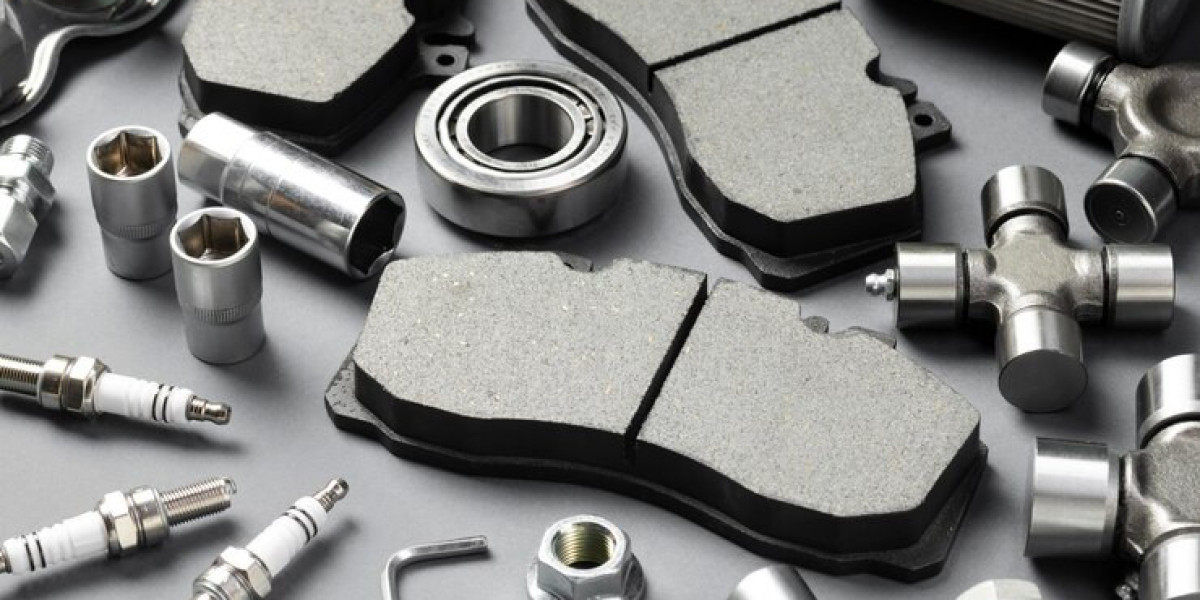The desktop 3D printer market is experiencing rapid growth, driven by a surge in demand from hobbyists, small businesses, educators, and industrial users alike. As technology improves and prices continue to fall, affordable 3D printers are becoming more accessible, unlocking new opportunities across industries and skill levels.
This article explores the key drivers behind the market growth, focusing on what’s fueling the global demand for desktop 3D printing solutions—and why the trend is only accelerating.
1. Falling Costs and Greater Accessibility
One of the most significant growth drivers in the desktop 3D printer market is the declining cost of hardware. Over the last decade, the average price of a high-quality desktop 3D printer has dropped significantly, making it accessible not only to businesses but also to individuals, schools, and hobbyists.
Entry-level models can now be purchased for under $300, while more advanced systems for professionals and small manufacturers remain within a few thousand dollars—still far cheaper than industrial-grade equipment.
This price drop has democratized access to 3D printing, opening the door to more users than ever before.
2. Rising Adoption in Education and STEM Learning
Educational institutions around the world are integrating 3D printing into STEM (Science, Technology, Engineering, and Math) curricula. Desktop 3D printers offer hands-on learning experiences, encouraging students to explore engineering, design thinking, and problem-solving in a creative way.
As more schools, universities, and technical training centers invest in affordable 3D printers, the demand for accessible and reliable machines continues to grow.
3. Small Business and Startup Innovation
Startups and small businesses are adopting desktop 3D printing to save money, speed up prototyping, and offer custom products. The ability to create functional prototypes, limited-run products, or spare parts in-house gives these businesses greater control and agility.
Whether it’s a local jewelry brand creating custom pieces or a product development firm building rapid prototypes, desktop 3D printing reduces dependency on outsourcing and allows for on-demand production.
4. Advancements in Printing Speed, Quality, and Materials
Affordable 3D printers have become more powerful and precise, closing the gap between consumer-level and professional-grade machines. Features once limited to high-end printers—such as auto-bed leveling, faster print speeds, high-resolution printing, and compatibility with a wider range of materials—are now available in lower-cost models.
Additionally, the availability of advanced filaments like TPU (flexible), PETG (durable), and carbon fiber composites has expanded the scope of applications across industries.
5. Growth of the Maker Movement and DIY Culture
The global “maker” movement and DIY culture continue to fuel interest in desktop 3D printers. Hobbyists, artists, and engineers are using affordable printers to create everything from cosplay accessories and home decor to tools and repair parts.
Online platforms like Thingiverse and Printables offer thousands of free designs, making it easy for new users to start printing and customizing their own creations. This creative freedom and sense of community have played a major role in increasing demand.
6. Increased Demand for Customization and Personalization
Consumers increasingly value products that reflect their unique preferences. Desktop 3D printers enable mass customization at a low cost, allowing businesses and individuals to tailor products on a small scale.
Whether it’s personalized gifts, ergonomic tools, or custom-fit wearables, 3D printing provides an efficient solution for producing one-off or short-run items—driving more users toward affordable desktop printers.
7. E-commerce and Online Selling Platforms
The rise of platforms like Etsy, Shopify, and Amazon Handmade has encouraged creators to launch businesses selling 3D-printed products. From home organizers to miniatures and phone stands, these sellers are leveraging desktop 3D printers to fulfill orders with minimal overhead and zero inventory waste.
The ability to start a side hustle or small business from home continues to push demand for reliable, low-cost printers.
Conclusion
The growth of the desktop 3D printer market is being fueled by a combination of affordability, technological advancement, and rising demand across various user segments. As more people discover the creative and commercial potential of 3D printing, the market is expected to continue its upward trajectory transforming how we design, produce, and consume in the process.
From classrooms to studios, garages to offices, affordable desktop 3D printers are shaping the future of modern manufacturing one layer at a time.
Learn more : https://www.pristinemarketinsights.com/desktop-3d-printer-market-report










